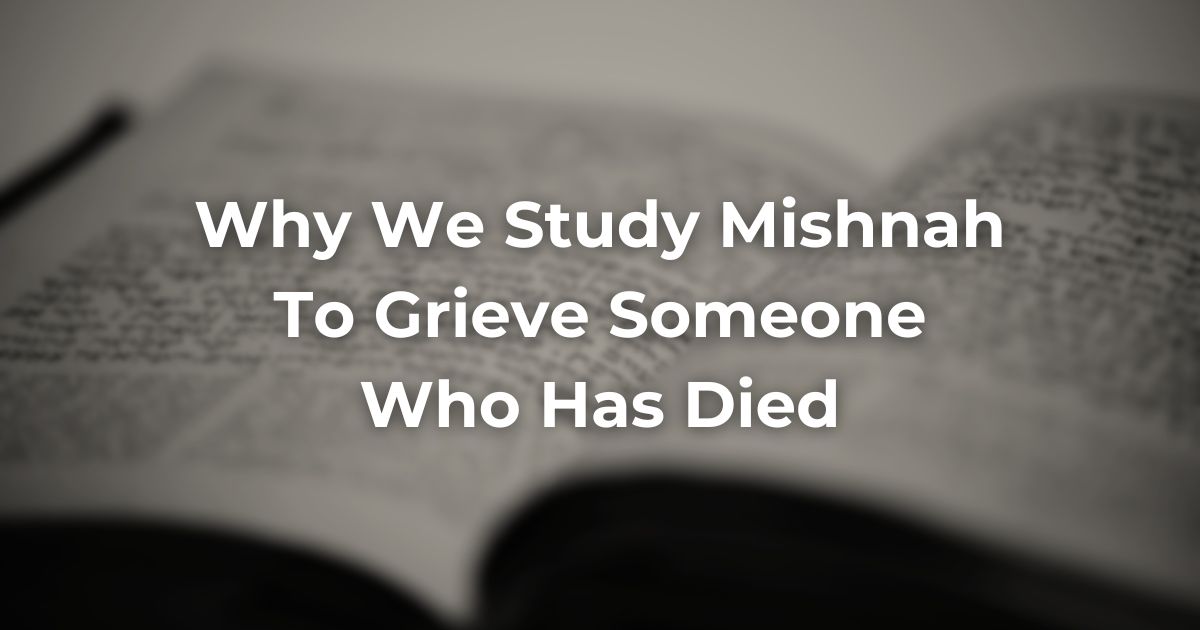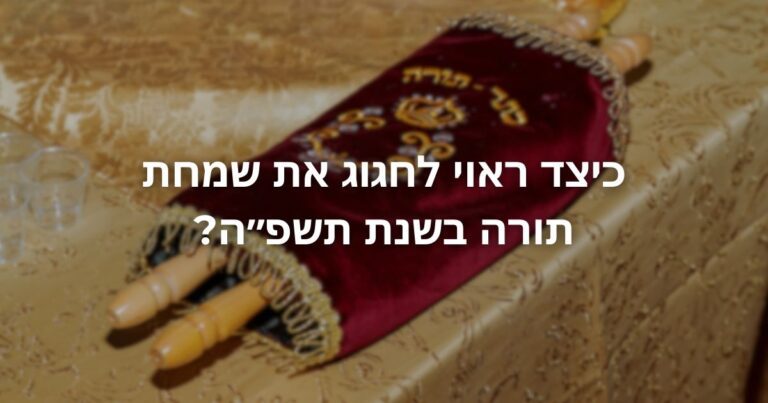There are a number of common and traditional mourning practices that relatives can take on after someone has died. Kaddish, shivah, and sheloshim are all within the first month, with an annual memorial, sometimes known as a yahrtzeit. Some prioritize giving tzedakah as their form of mourning.
There is also the custom of studying chapters of the MishnahA collection of rabbinic teachings edited in Israel around 225 CE. Organized in six sedaraim by subject matter and dealing with both ritual and civil law. Both the Jerusalem and Babylonian Talmud are expansive discussions of the Mishnah. Read more, which anyone can take on as a form of mourning.
Table of Contents
How do you study Mishnah in someone’s memory?
In some communities, someone organizes a schedule for learning Mishnah, making sure that different people cover different Mishnayot and chapters. However, one can take this on all on their own.
There are few, if any, established customs on exactly how to learn Mishnah for this purpose, with communities doing it a variety of different wants. Some study chapters of Mishnah during the thirty days of Sheloshim, while others study the entire twelve months of the first year of mourning.
The prevailing custom is to learn and recite full chapters of Mishnah, working towards completing a full “order” of Mishnah. (There are six orders of Mishnah.)
Individuals might study chapters of Mishnah, using the first letter of each chapter, to spell the name of the deceased.
Here is a list of chapters that begin with the different letters.
There are some customs that encourage the recitation of Mishnah Kelim 24 before prayers and Mishnah Mikvaot 7 because the last four individual Mishnahs in the chapter spell neshamah.
Whether as a community or as individuals, Mishnah study is an increasingly common mourning practice.
What if you can’t read Hebrew or don’t understand what you’re reading?
While we’re mourning, on some level, all of us are unable to truly think clearly. Rabbi Hayim David haLevi explains this, specifically in the case of learning while in mourning, that while studying TorahRefers to the first five books of the Hebrew Bible, the Tanakh, also called the Five Books of Moses, Pentateuch or the Hebrew equivalent, Humash. This is also called the Written Torah. The term may also refer to teachings that expound on Jewish tradition. Read more to understand is generally the goal, there is still benefit to studying if you don’t. He says, “However, if the learners are unable to understand, then even learning without understanding is beneficial to the lifting up of souls.” (Aseh Lecha Rav 5:85)
The recitation of the words, if nothing else, can serve as a meditation, something to do with our minds and bodies as we sit in mourning.
Where does this come from?
The short answer is that Mishnah (משנה) shares the same letters as neshamah (נשמה) meaning soul. That wordplay is the primary literary connection to ground this custom.
In the TalmudReferring to one of two collections, the Jerusalem and Babylonian Talmuds, edited in the 6th century, that contains hundreds of years of commentary, discussion, and exploration of the ideas in the Mishnah. One could describe it as Mishnah + Gemara = Talmud Read more, we are told that we “may not speak of halakhah or aggadah in a house of mourning” since it can bring people joy, in conflict with the purpose of gathering. However, “It was said of Rabbi Hananyah ben Gamliel that he would speak about halakhah and aggadah in a house of mourning.” (Moed Katan 23a:2)
This gets codified in the Shulkhan Arukh, with the addition, “one should sit and be silent.” (SA Yoreh Deah 378:7)
And yet, the custom is to learn Mishnayot. How come?
In a Mussar text, Shenei Luchot HaBrit, composed in Jerusalem and Tzfat in the 1600s, the author writes,
“…Fortunate is the one who merits to study Mishnah, so that the six orders of Mishnah are fluent in their mouth and heart. Then, that person creates a ladder for the soul that lifts it up to the highest levels. The sign for this is that Mishnah is the same letters as Neshamah.”
This early text sets up the concept that Mishnah study has a power to impact us deeply, on a spiritual level. It is only later, that this gets applied to the mourning context.
The Arukh HaShulchan (1865-1905), we learn, that it is a “tikkun gadol” a great repair for the soul to have Mishnayot studied for them. (Arukh HaShulchan, Yoreh De’ah 376:13) The same wordplay is given as proof.
So why should we do this?
Mishnah is the bedrock upon which so much of the rabbinic tradition sits. It carries with it the sense of repetition, from the word shanah, meaning year, but also sheni, the number two. The idea being that we are meant to repeat, review, and reprise our learning of the Mishnah over and over.
So too, are we meant to remember our loved ones, the ones who taught us, those who have impacted our lives. We do not forget them. We remind ourselves of them.
This is the deeper lesson: The study of Mishnah is one of the ways we can symbolically show the deceased how we care about them. By meditating on the words of the Tradition, even if it merely passes through our lips, we keep our loved ones close to our heart.
Authors
-

Rabbi Jeremy Markiz is a teacher and consultant. Based in the Washington, DC area, he teaches the Torah of personal growth, meaning and intentionality, and making the world a better place. He writes a newsletter called, With Torah and Love. Rabbi Markiz helps clergy, congregations, and Jewish organizations grow and communicate clearly in the digital world, develop effective strategies, and solve problems with his consulting firm, Next Level Rabbinics.
View all posts
-

Exploring Judaism is the digital home for Conservative/Masorti Judaism, embracing the beauty and complexity of Judaism, and our personal search for meaning, learning, and connecting. Our goal is to create content based on three core framing: Meaning-Making (Why?), Practical Living (How?), and Explainers (What?).
View all posts






